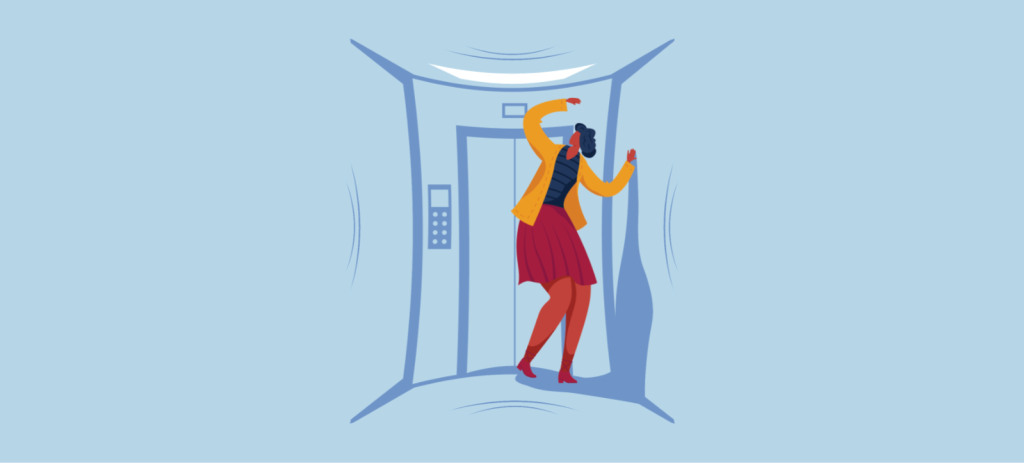Claustrophobia can be debilitating and can make everyday activities very difficult for sufferers. This article will provide an overview of claustrophobia, including its symptoms, causes, and treatment options. We will also hear from experts about their views on this condition and case studies of people who have struggled with it.
Contents
Understanding Claustrophobia
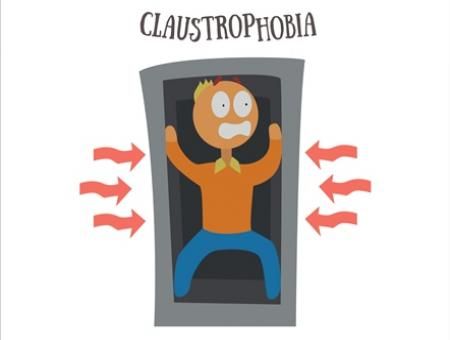
Claustrophobia is a fear of enclosed spaces. The fear may be triggered by actual enclosed spaces or simply the thought of being confined. It is difficult to estimate how common claustrophobia is because it often goes undiagnosed. However, experts believe that around one in fifty people suffers from some level of claustrophobia.
Etymology
The word ” claustrophobia” is derived from the Latin words “claustrum,” meaning “barrier,” and “Phobos,” meaning “fear.”
History And Development
The term “claustrophobia” was first coined in the late 1700s, and it is thought that fear may be rooted in evolutionary biology. Our ancestors would have needed to be fearful of enclosed spaces because they could potentially become trapped or suffocated.
Types Of Claustrophobia
There are two main types of claustrophobia:
- Social claustrophobia is the fear of being in public places where escape might be difficult. This type can lead to a reluctance to participate in social activities or even leave home.
- Situational claustrophobia is the fear of specific enclosed spaces, such as elevators, tunnels, or MRI machines. This type can lead to a person avoiding certain places or situations altogether.
Degrees Of Claustrophobia
Some people may find certain enclosed spaces mildly uncomfortable, while others may have a full-blown panic attack in the same situation. The degree of fear can vary from person to person. For example, someone who is afraid of being in an elevator may not experience the same level of fear when confined to a small room.
Symptoms Of Claustrophobia
The symptoms of claustrophobia can vary depending on the individual, but they often include feelings of anxiety, fear, or panic. These symptoms may be triggered by actual enclosed spaces or simply the thought of being confined. People with claustrophobia may experience a range of different triggers, which can lead to a panic attack. Some common triggers include being in:
- an enclosed space – this could be an elevator, a small room, or even a traffic jam
- a crowd of people
- Being on a plane or in another confined space while traveling
Causes Of Claustrophobia
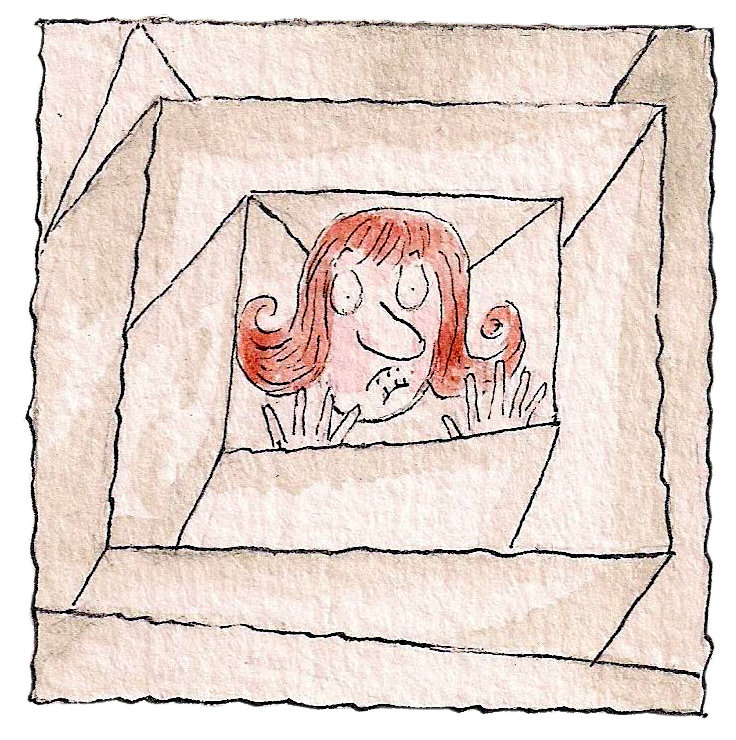
There is no single cause of claustrophobia. Rather, it is likely that a combination of environmental, psychological, and biological factors contribute to its development.
Environmental Factors
Some people may develop claustrophobia after experiencing a traumatic event in an enclosed space. For example, someone who was trapped in an elevator during a power outage may start to fear enclosed spaces.
Psychological Factors
People with claustrophobia may be more likely to experience anxiety and panic attacks due to their thoughts and feelings about enclosed spaces. For example, a person may worry about becoming trapped or suffocated in an enclosed space.
Biological Factors
Some experts believe that claustrophobia may be rooted in evolutionary biology. Our ancestors would have needed to be fearful of enclosed spaces because they could potentially become trapped or suffocated.
Genetics
It is also possible that claustrophobia may be passed down through families. If one or both parents have a fear of enclosed spaces, their children may be more likely to develop the condition.
Brain Chemistry
People with claustrophobia may have an imbalance of certain brain chemicals, which could contribute to their fear.
Living With Claustrophobia
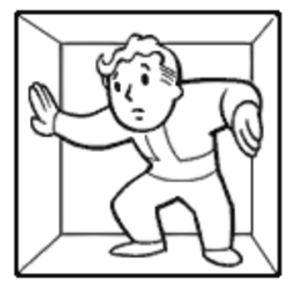
For some people, claustrophobia can be a minor inconvenience that doesn’t cause much disruption in their lives. However, for others, it can be debilitating and make everyday activities very difficult.
Here are some of the challenges faced by people with claustrophobia:
Feeling trapped: People with claustrophobia often feel trapped and suffocated in enclosed spaces. This can trigger a panic attack.
Feelings of anxiety and fear: Claustrophobic people often experience feelings of anxiety and fear when confined to an enclosed space.
Embarrassment or shame: Many people with claustrophobia are embarrassed or ashamed of their condition and may avoid social situations.
Difficulty In Traveling: Travelling can be difficult for people with claustrophobia because they may have to navigate through a lot of tight spaces, such as airports and train stations. They may also feel uncomfortable being in crowded places or on public transportation.
Claustrophobia During Covid-19

For people with claustrophobia, the current pandemic presents a unique set of challenges. With so many people staying indoors and avoiding crowded places, it can be difficult for those with claustrophobia to leave their homes. Additionally, the fear of being in enclosed spaces may be heightened during this time.
Coping With Claustrophobia
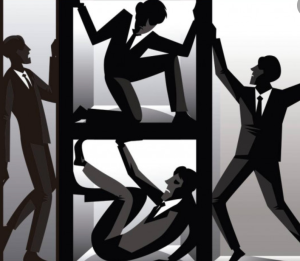
Here are some tips for coping with claustrophobia:
Challenge your fear: One way to overcome a fear is to face it head-on. If you’re afraid of being in an elevator, try riding one. If you’re afraid of enclosed spaces, try spending time in a small room.
Self-help tips: Some self-help tips can be useful for people with claustrophobia. These include relaxation techniques, deep breathing exercises, and positive self-talk.
Relaxation Techniques: Relaxation techniques can help to ease the feelings of anxiety and fear that often accompany claustrophobia. Some popular techniques include yoga, meditation, and progressive muscle relaxation.
Deep Breathing Exercises: Deep breathing exercises can also help manage the symptoms of claustrophobia. Simply taking a few deep breaths can help to calm the mind and body.
Positive Self-talk: Positive self-talk can also help manage the symptoms of claustrophobia. When you start to feel anxious or fearful, tell yourself that everything is going to be okay.
Talk to a professional: If you’re struggling with claustrophobia, it may be helpful to talk to a therapist or counselor. They can help you understand and manage your fear.
Tips For Traveling With Claustrophobia
Here are some tips for traveling with claustrophobia:
Plan ahead: Try to plan your travel itinerary as far in advance as possible. This will give you enough time to map out your route and find alternative ways to get around if needed.
Talk to your doctor: If you’re traveling abroad, it’s a good idea to talk to your doctor about any medications you may need for anxiety or panic attacks.
Be prepared: Make sure you have all your travel documents, including boarding passes and passports, ready to go. This will minimize the amount of time you spend in line and eliminate any last-minute stress.
Bring a friend: Traveling with a friend can help reduce feelings of anxiety and make the experience more enjoyable.
Talking To a Professional
If you’re struggling with claustrophobia, talking to a professional may be the best step for you. A therapist or counselor can help you understand and manage your fear. They can also guide how to cope with claustrophobia.
Treatment Options
If you’re struggling with claustrophobia, there are several treatment options available. Here are some of the most common:
Therapy: therapy is often an effective way to treat claustrophobia. The therapist will work with you to identify the root cause of your fear and provide strategies for managing it.
Medication: Medication may be prescribed to help manage the symptoms of this condition. This includes medications such as antidepressants, anti-anxiety drugs, and beta-blockers.
Therapies For Claustrophobia
Several different therapies can be helpful for people with this condition. Some of the most common include cognitive-behavioral therapy, exposure therapy, and systematic desensitization.
Cognitive-Behavioral Therapy: Cognitive-behavioral therapy (CBT) is a type of therapy that focuses on changing negative thoughts and behaviors. CBT can help manage the symptoms of claustrophobia.
Exposure Therapy: Exposure therapy is a type of therapy that involves exposing people to their fears. This can help to reduce the anxiety associated with those fears.
Systematic Desensitization: Systematic desensitization is a type of therapy that involves gradually exposing people to their fears. As a result, this helps to reduce the anxiety associated with those fears.
Medications For Claustrophobia
If you’re struggling with this condition, several medications may be prescribed to help manage the symptoms. Here are some of the most common:
Antidepressants: Antidepressants are often helpful for people with this condition. They work by increasing the levels of serotonin in the brain. As a result, it can help to reduce anxiety and fear.
Anti-Anxiety Drugs: Anti-anxiety drugs are another common treatment for this condition. They work by reducing the feelings of anxiety and panic that often accompany the disorder.
Beta-Blockers: Beta-blockers are a type of medication that is often helpful to treat heart conditions. However, they can also be effective in managing the symptoms of this condition. They work by blocking the effects of adrenaline, which can help to reduce feelings of anxiety and fear.
Helping Someone With Claustrophobia
If you know someone who is struggling with it, here are some ways that you can help:
Understand their fear: It’s important to understand and respect the person’s fear of enclosed spaces. Don’t try to talk them out of their fear or make them feel guilty about it.
Help them stay calm: If the person experiences a panic attack, try to help them stay calm and relax. This may include deep breathing exercises or relaxation techniques.
Provide support: Let the person know that you are there for them and offer emotional support.
Experts’ View On Claustrophobia
There is no one-size-fits-all approach to treating claustrophobia. However, most experts agree that therapy is the best option for managing the fear of enclosed spaces. Furthermore, most experts agree that it is a real and valid fear. In addition, they also agree that therapy and/or medication can effectively treat it.
Case Study
John is a 30-year-old man who has struggled with claustrophobia for most of his life. In addition, he often experiences anxiety and fear when he is in enclosed spaces, such as elevators, cars, and small rooms.
Although John has tried several different treatments over the years, including therapy, medication, and exposure therapy. However, nothing has helped him to overcome his fear.
Finally, John decides to try hypnosis. He meets with a therapist who specializes in hypnotherapy and begins treatment. Consequently, within a few sessions, John can overcome his fear of enclosed spaces. Furthermore, he is now able to ride in elevators and cars without experiencing any anxiety or fear.
Conclusion
If you’re struggling with claustrophobia, there are several treatment options available. Hence, talk to a therapist or counselor to find the best option for you. As there is no one-size-fits-all approach. So it’s important to find the therapy that works best for you. Furthermore, hypnosis may be an effective treatment option for claustrophobia.
A Word From Therapy Mantra
Your mental health — Your psychological, emotional, and social well-being — has an impact on every aspect of your life. Positive mental health essentially allows you to effectively deal with life’s everyday challenges.
At TherapyMantra, we have a team of therapists who provide affordable online therapy to assist you with issues such as depression, anxiety, stress, workplace Issues, addiction, relationship, OCD, LGBTQ, and PTSD. You can book a free therapy or download our free Android or iOS app.
